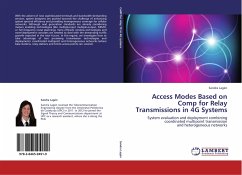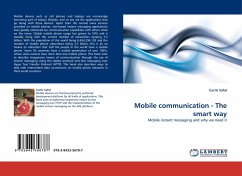WiMAX (Worldwide Interoperability for Microwave Access) is introduced by the Institute of Electrical and Electronic Engineers with designated standards 802.16d-2004 and 802.16e-2005 (used in fixed wireless applications) and 802.16k-2006 (mobile wireless) to provide a worldwide interoperability for microwave access. For WiMAX networks, the IEEE has started in 2006 to work on 802.16j "Mobile Multihop Relay" (MMR). 802.16j offers a potential solution to some of the classic problems in deployment of radio access networks. Comprising low-cost relays associated with base stations (BSs), they can be used both to realize larger coverage areas for BSs and to increase capacity for congested areas. The basic idea behind MMR is to allow WiMAX base stations which do not have a backhaul connection to communicate with base stations that do. Multihop wireless systems have the potential to offer improved coverage and capacity over single-hop radio access systems. Standards development organizations are considering how to incorporate such techniques into new standards. One such initiative is the IEEE 802.16j standardization activity, adding relay capabilities to IEEE 802.16 systems.
Bitte wählen Sie Ihr Anliegen aus.
Rechnungen
Retourenschein anfordern
Bestellstatus
Storno








